We use cookies to make your experience better. To comply with the new e-Privacy directive, we need to ask for your consent to set the cookies. Learn more.
- Home
- LVT Flooring
LVT Flooring
Achieve a stunning, natural looking floor with LVT flooring. The primary material is vinyl, and it's considerably cheaper and more hard wearing than laminate while, at the same time, looking just as good if not better.
LVT also known as luxury vinyl floor tiles or vinyl click flooring is designed to closely mimic either a wood effect or natural stone and aims to provide a flooring solution for practically every room in your home. With its water resistant materials it is particularly useful in rooms with high moisture levels, such as the kitchen and bathroom.

Price your floor
m2
ft2
mt
x
mt
ft
x
ft
-
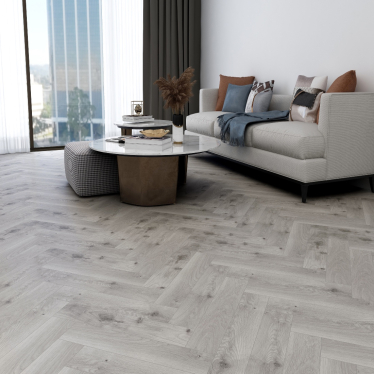 View Product
View Product
 35% offGrey oak herringbone 5mm SPC LVT Click flooring. **Built in underlay**Sale £25.91 m2 Was £39.99 m2 35%Off
35% offGrey oak herringbone 5mm SPC LVT Click flooring. **Built in underlay**Sale £25.91 m2 Was £39.99 m2 35%Off -
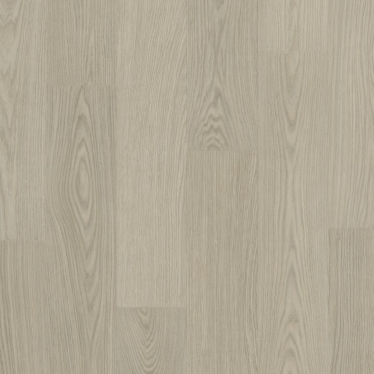

 16% offQUICK STEP : CHIA OAK ALPHA BLOS BASE VINYL FLOORING TILES LVT AVSPT40280Sale £31.99 m2 Was £37.99 m2 16%Off
16% offQUICK STEP : CHIA OAK ALPHA BLOS BASE VINYL FLOORING TILES LVT AVSPT40280Sale £31.99 m2 Was £37.99 m2 16%Off -
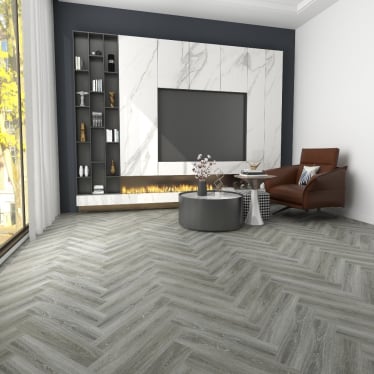 View Product
View Product
 35% offDrift wood herringbone 5mm SPC LVT Click flooring. **Built in underlay**Sale £25.91 m2 Was £39.99 m2 35%Off
35% offDrift wood herringbone 5mm SPC LVT Click flooring. **Built in underlay**Sale £25.91 m2 Was £39.99 m2 35%Off -
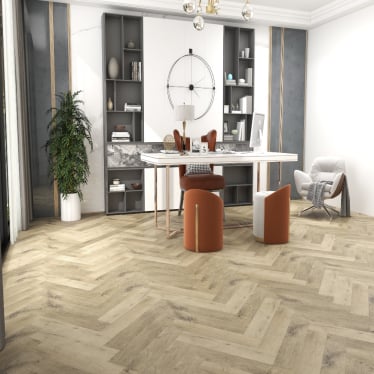 View Product
View Product
 35% offCopley oak herringbone 5mm SPC LVT Click flooring. **Built in underlay**Sale £25.91 m2 Was £39.99 m2 35%Off
35% offCopley oak herringbone 5mm SPC LVT Click flooring. **Built in underlay**Sale £25.91 m2 Was £39.99 m2 35%Off -
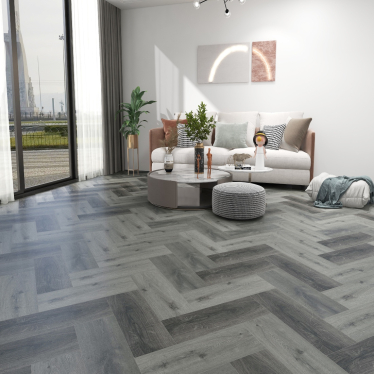 View Product
View Product
 35% offStone grey oak herringbone 5mm SPC LVT Click flooring. **Built in underlay**Sale £25.91 m2 Was £39.99 m2 35%Off
35% offStone grey oak herringbone 5mm SPC LVT Click flooring. **Built in underlay**Sale £25.91 m2 Was £39.99 m2 35%Off -
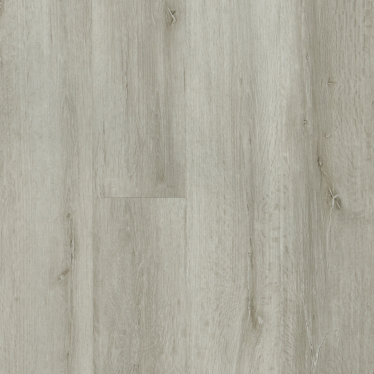 View Product
View Product
 45% off
45% off -
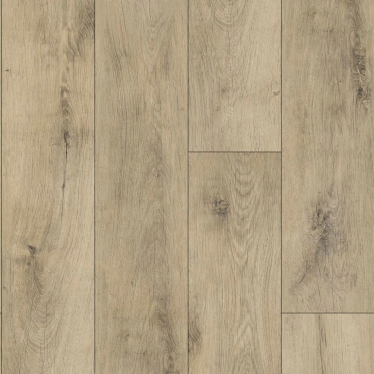 View Product
View Product
 45% off
45% off -
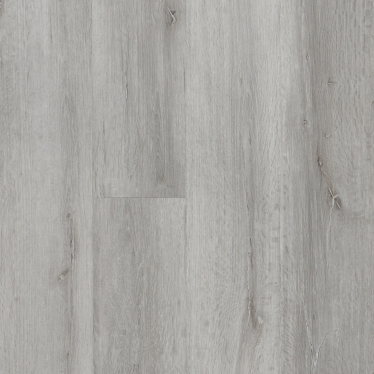 View Product
View Product
 45% off
45% off -
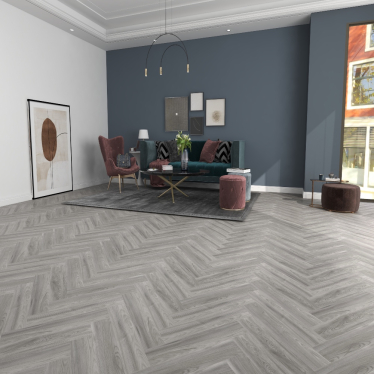 View Product
View Product
 35% offNordic oak herringbone 5mm SPC LVT Click flooring. **Built in underlay**Sale £25.91 m2 Was £39.99 m2 35%Off
35% offNordic oak herringbone 5mm SPC LVT Click flooring. **Built in underlay**Sale £25.91 m2 Was £39.99 m2 35%Off -
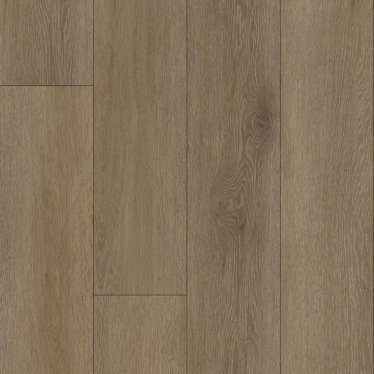 View Product
View Product
 45% off
45% off -
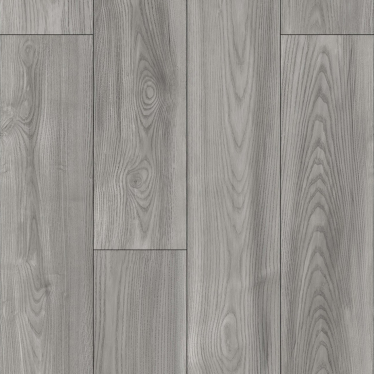 View Product
View Product
 45% off
45% off -
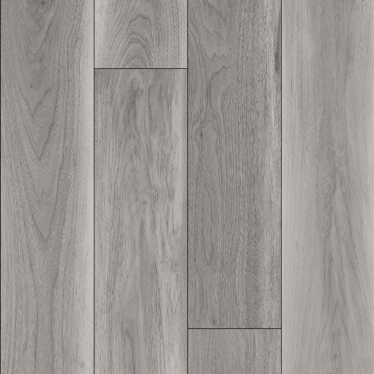 View Product
View Product
 45% off
45% off -
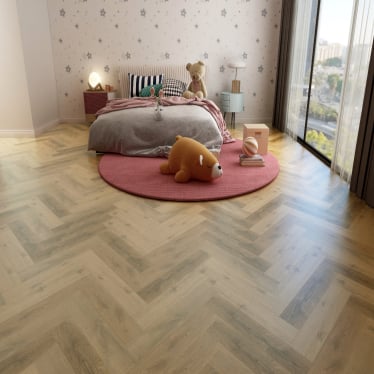 View Product
View Product
 35% offNatural oak herringbone 5mm SPC LVT Click flooring. **Built in underlay**Sale £25.91 m2 Was £39.99 m2 35%Off
35% offNatural oak herringbone 5mm SPC LVT Click flooring. **Built in underlay**Sale £25.91 m2 Was £39.99 m2 35%Off -
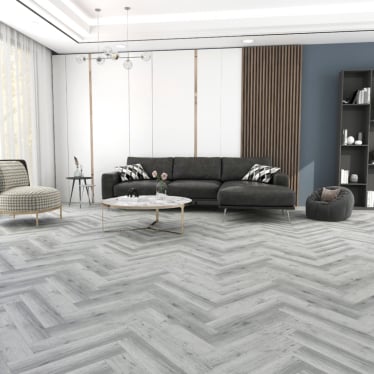 View Product
View Product
 35% offArctic oak herringbone 5mm SPC LVT Click flooring. **Built in underlay**Sale £25.91 m2 Was £39.99 m2 35%Off
35% offArctic oak herringbone 5mm SPC LVT Click flooring. **Built in underlay**Sale £25.91 m2 Was £39.99 m2 35%Off -
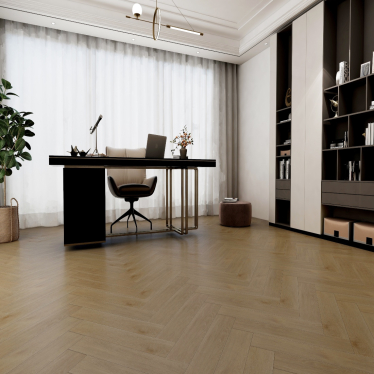 View Product
View Product
 35% offHowarth oak herringbone 5mm SPC LVT Click flooring. **Built in underlay**Sale £25.91 m2 Was £39.99 m2 35%Off
35% offHowarth oak herringbone 5mm SPC LVT Click flooring. **Built in underlay**Sale £25.91 m2 Was £39.99 m2 35%Off -
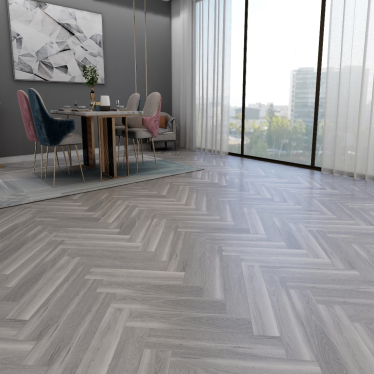 View Product
View Product
 35% offShadow oak herringbone 5mm SPC LVT Click flooring. **Built in underlay**Sale £25.91 m2 Was £39.99 m2 35%Off
35% offShadow oak herringbone 5mm SPC LVT Click flooring. **Built in underlay**Sale £25.91 m2 Was £39.99 m2 35%Off -
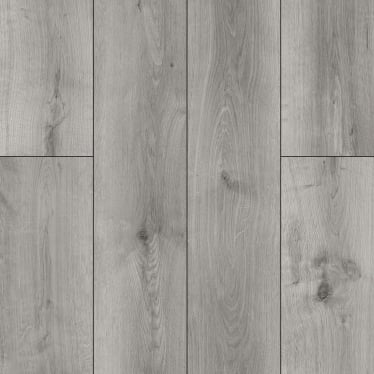 View Product
View Product
 45% off
45% off -
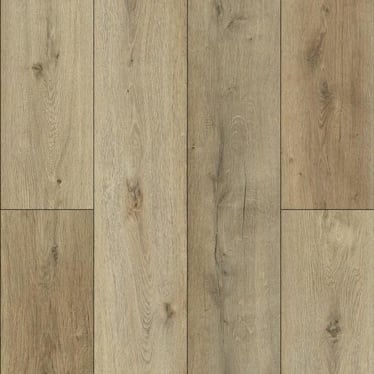 View Product
View Product
 45% off
45% off
 0121 328 5391
0121 328 5391



